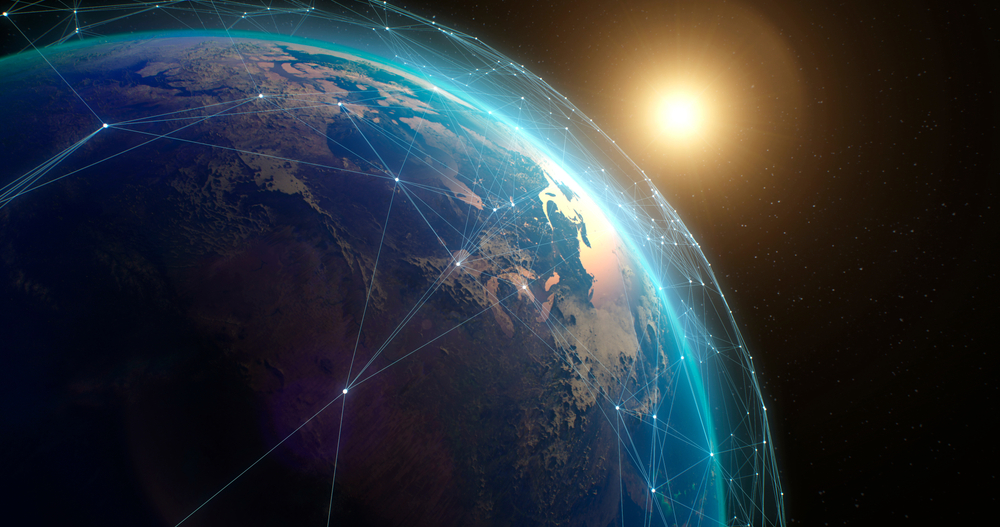NASA is preparing to launch a pair of identical satellites on a mission that will deepen humanity’s understanding of Mars — and perhaps help pave the way for future astronauts.
Others are reading now
NASA is preparing to launch a pair of identical satellites on a mission that will deepen humanity’s understanding of Mars — and perhaps help pave the way for future astronauts. Known as ESCAPADE, the twin spacecraft named Blue and Gold are set to embark on a groundbreaking journey to the Red Planet.
A new path to Mars
Scheduled to lift off no earlier than November 9 from Cape Canaveral, Florida, the Escape and Plasma Acceleration and Dynamics Explorers (ESCAPADE) mission will mark the first time two satellites travel together to another planet. Managed by the University of California, Berkeley, the spacecraft take their names from the school’s colors.
Their task is to create three-dimensional maps of Mars’ upper atmosphere, ionosphere, and magnetic fields — key to understanding how solar wind interacts with the planet and how it lost its once-thick atmosphere.
Rather than using the traditional Hohmann Transfer trajectory, which requires narrow launch windows every 26 months, ESCAPADE will take a completely new route. The spacecraft will first travel to a gravitational balancing point known as a Lagrange point, where the pull of the Earth and Sun are equal. From there, they will loop in a long, kidney-shaped orbit for a year before slingshotting around Earth in November 2026 to gain enough speed to reach Mars in early 2027.
Mapping Mars’s magnetic mysteries
Once in orbit, Blue and Gold will begin collecting data on the Martian atmosphere and magnetic activity. Their findings could prove vital for predicting space weather — the bursts of solar radiation that pose serious risks to both spacecraft and human explorers.
Also read
“Understanding the system well enough to forecast solar storms whose radiation could harm astronauts on the surface of Mars or in orbit” is a core goal of the mission, explained principal investigator Robert Lillis.
The need is urgent. Without a global magnetic field, Mars is vulnerable to intense solar radiation. In one recent event, NASA’s Curiosity rover recorded in a single day the equivalent of 100 days’ worth of cosmic background radiation, underscoring the danger future missions will face.
Stereo vision of the Red Planet
Previous NASA missions revealed that Mars still retains localized magnetic fields locked within its crust, which can deflect solar wind hundreds of miles above the surface. These magnetic pockets can also distort radio signals, complicating communications and navigation.
“Understanding how the ionosphere varies will be a really important part of understanding how to correct the distortions in radio signals that we will need to communicate with each other and to navigate on Mars,” said Lillis.
By orbiting in separate paths, Blue and Gold will capture a stereo view of these interactions, showing how solar winds strip away the atmosphere and shape the planet’s climate over time. “To understand how the solar wind drives different kinds of atmospheric escape is a key piece of the puzzle of the climate evolution of Mars,” Lillis said.
Toward a safer human future on Mars
Also read
ESCAPADE’s mission is expected to last at least a year once the satellites reach orbit. The data they return will help scientists predict dangerous solar events and design better shielding for future crewed missions.
If successful, the twin satellites will not only redefine how we reach Mars but also how we understand and survive it — making Blue and Gold essential pioneers in the next era of human exploration.
Sources: NASA, Popular Science.
This article is made and published by Asger Risom, who may have used AI in the preparation


